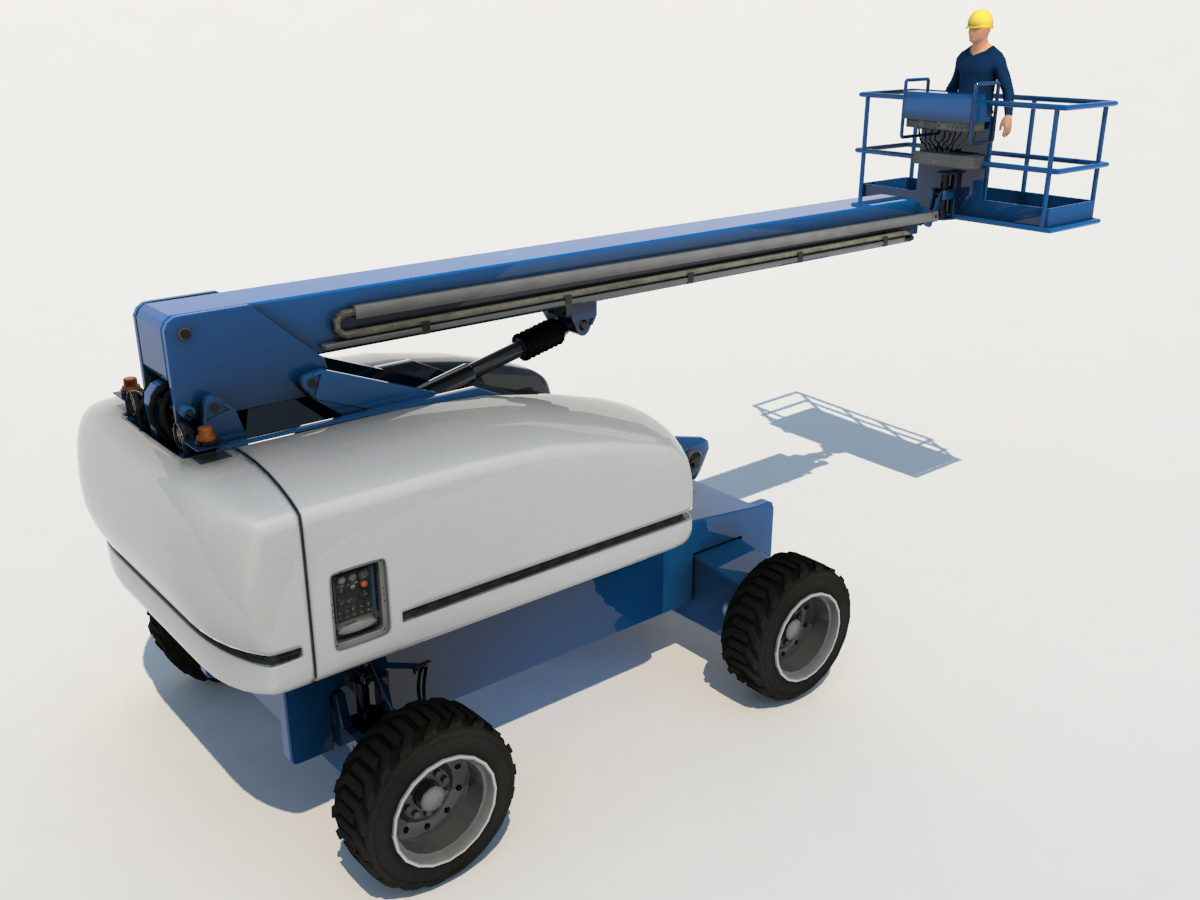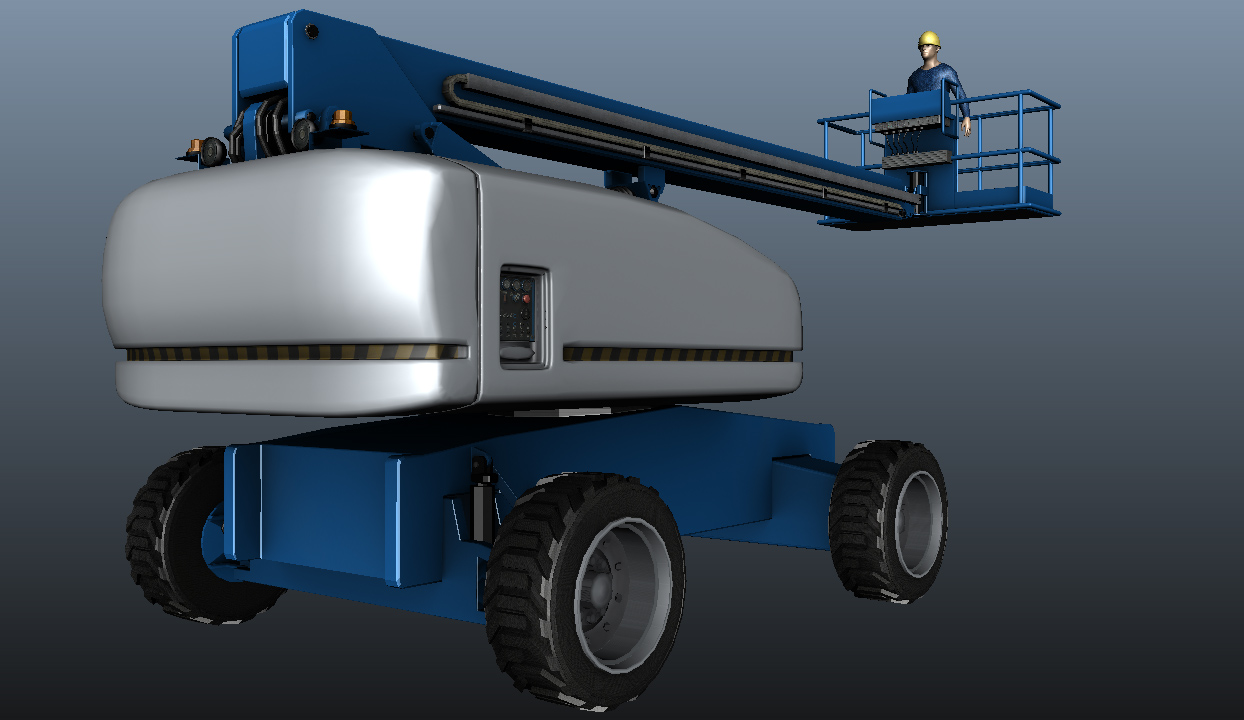


#Electric boom 3d printers full
Manufacturers must have access to various printers and materials and establish relationships with other professionals in the field to fully benefit from additive manufacturing.įurthermore, interoperability among different systems has become critical to realizing the full potential of 3D printing. Additive Manufacturing Role in supply chain.Additionally, the adaptability of 3D printing is expanding due to features like dual-extrusion printheads. This makes it possible for more companies to gain from 3D printing.Īlthough equipment prices remain high, faster printing speeds are driving down the cost of parts. The capacity to handle a wider range of advanced materials is a significant feature of new-generation printers, particularly industrial-grade versions. Simultaneously, increased demand for specialized materials that can meet the required qualities of end parts will drive the creation of innovative materials. Rapid advancements in 3D printing technology have prompted the development of more powerful, affordable printers. The new era of Faster, Bigger, and cheaper 3D printing.Key Trends that will impact the 3D printing industry Global 3D printing Market size was valued at around USD $14 billion in 2021 and the industry is projected to grow about USD 21.85 billion by 2030, growing at a CAGR of 21% between 20. 3D printing is a significant time- and cost-saving option for design and manufacturing, with new, better-performing machines, more materials available, and a greater capacity to create 3D printed products that are close to their mechanical properties. Flexibility, design freedom, time-to-market, mass customization, distributed production, and other advantages have strategic consequences. 3D printing can revolutionize the manufacturing process.


 0 kommentar(er)
0 kommentar(er)
